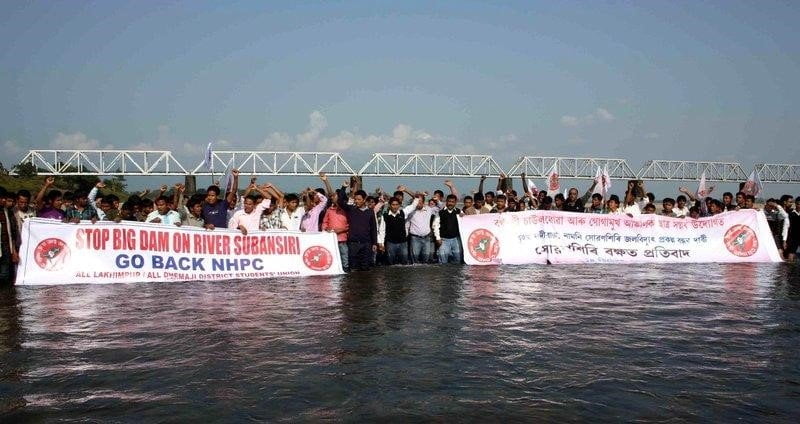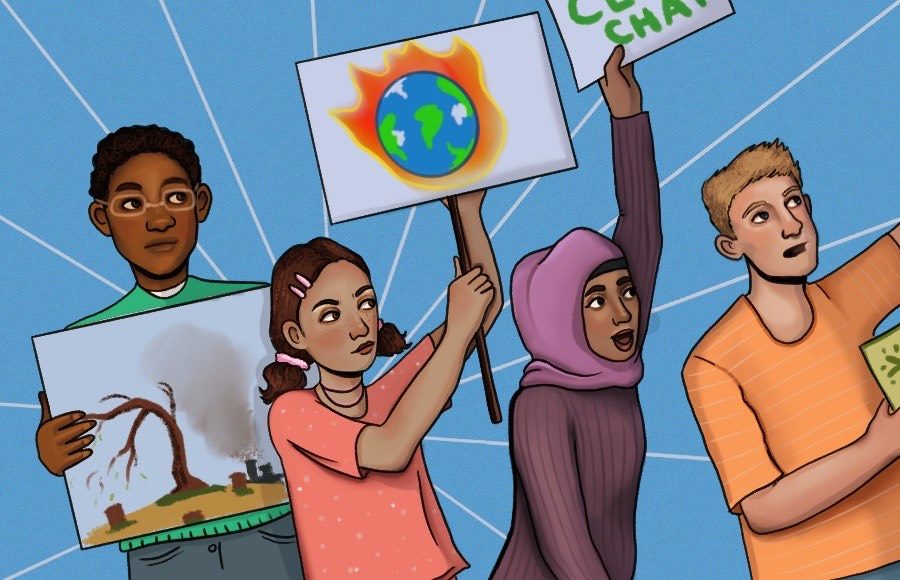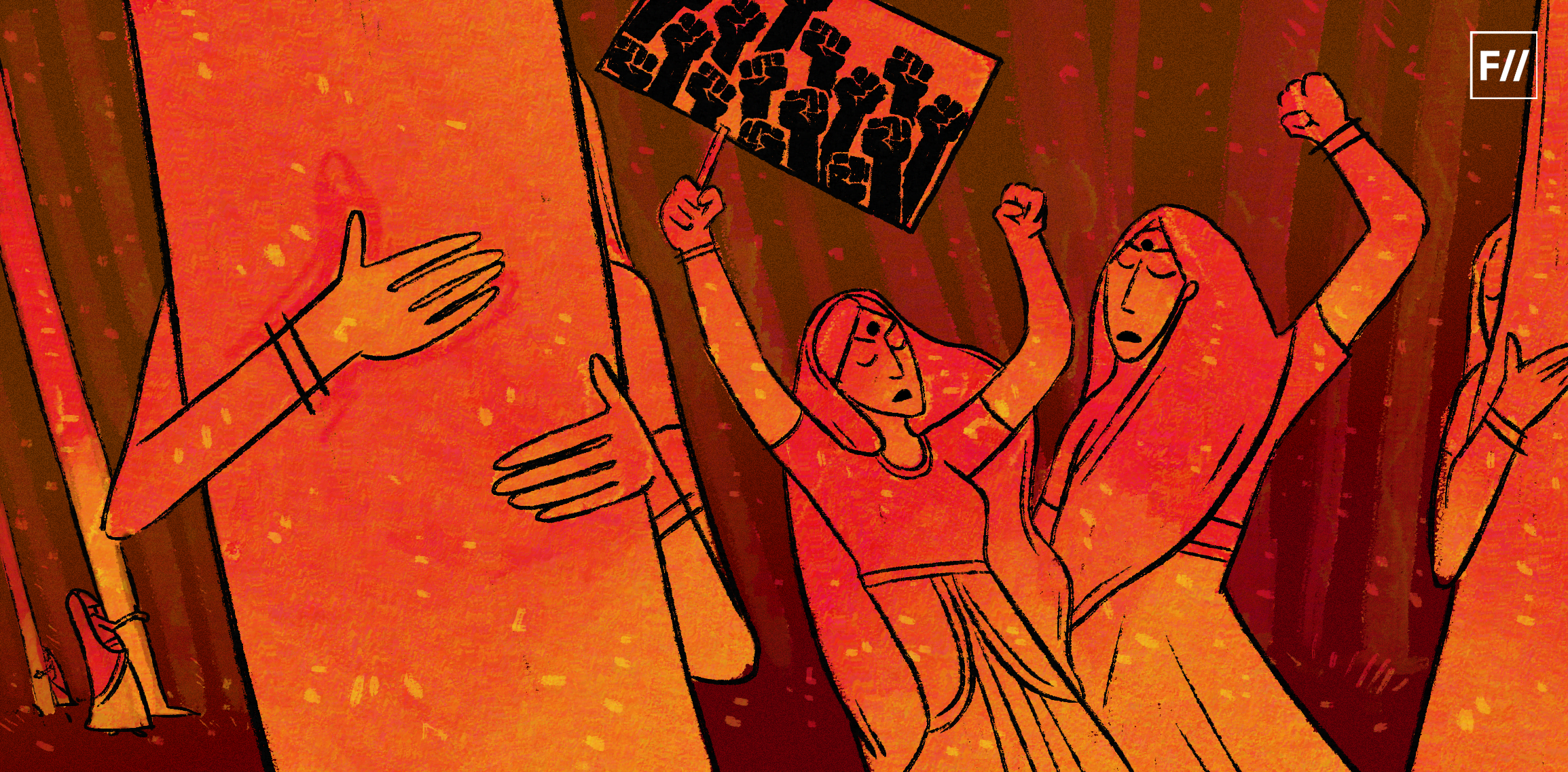Posted by Spatika Jayaram
Written in 1962, Rachel Carson’s The Silent Spring sent shockwaves through nearly everyone who read it, by exposing facts about the invisible killers in daily lives. Chemical pesticides, many synthesized in the war, were in abundant use with little knowledge of their destructive ecological consequences. This book allowed a vast demographic to grasp information that had earlier been restricted to chemists and ecologists.

Carson’s book went on to instigate a series of environmental movements that eventually led to the decline in usage of DDT as a pesticide in the United States. Her ruthless questioning and educative dissemination are traits we must draw upon.
How do her messages resonate today?
One would assume measures for environmental conservation would only be bolstered after news of the pandemic was circulated. However, since March 2020, several projects threatening ecological zones across the country, have been deliberated upon and given clearance by the environment ministry.
Some key projects that have been discussed since March 2020:
- On March 12, the Ministry of Environment, Forest and Climate Change (MoEF&CC) released a new Environment Impact Assessment (EIA) notification to replace the one from 2006, which allows industries to easily obtain environmental clearances for projects, with mandatory public consultation being revoked. It also legitimises certain currently-classified violations and reduces the frequency of compliance reports from 6 months to once every year.
- On March 20, the Karnataka State Government cleared construction of the Hubballi-Ankola railway line (first proposed in 2008) passing through the Kali Tiger Reserve and Bedthi Conservation Reserve in the Western Ghats.
- Several projects including the Nagpur-Mumbai superhighway, highway construction through the Mollem Wildlife Sanctuary in Goa and a railway project through the Kawal tiger corridor in Telangana were cleared by The National Board for Wildlife (NBWL) in 11 states through virtual meetings, on 2 April.
- The proposal to transfer 778 hectares of the Rajaji National Park and Narendra Nagar forest division to the Kumbh Mela Samiti was issued by the Uttarakhand Forest Department on 20 April.
- The Etalin Hydro Electric Project in Assam’s Dibang Valley was discussed by the Forest Advisory Committee on 23 April.
These projects indicate that it is just as important to address the manner of decision making in this time as it is to address the decisions themselves.
Dissemination and Accessibility
“It is the public that is being asked to assume the risks that the insect controllers calculate. The public must decide whether it wishes to continue on the present road, and it can do so only when in full possession of the facts.”
This book conveys a brief yet strong message on the importance of disseminating information, a task that governmental bodies have constantly been questioned for. In a period of insufficient resource availability and vast differences in internet accessibility across social strata, it becomes all the more important. The Dibang Valley Project has met with considerable opposition from scientists for not releasing a cumulative ecological impact assessment report yet. The usage of forest land for nine months for the Kumbh Mela preparations was proposed despite violating the Wildlife Protection Act, 1972 and, the Forest Conservation Act, 1980.
The Dibang Valley Project has met with considerable opposition from scientists for not releasing a cumulative ecological impact assessment report yet. By not releasing pertinent information, a disparity is created—people with greater access to resources and educational training can dig out and interpret content, while others cannot. Not everyone will know that Dibang Valley will be subject to the felling of at least 2,70,000 trees, which can lead to more zoonotic diseases when official updates focus only on improved electricity.
Environmental bodies must release scientific reports and data on the current status of ecological zones and the direct impacts of decisions affecting them. Carson’s book gained wide popularity by spreading essential information on chemicals, some of it unreleased by governmental bodies. Withholding information leaves people in the dark about the specifics of decisions, making it harder to form informed opinions.
From agricultural workers to the laymen who ate their produce, The Silent Spring did not leave anyone out in explaining the role of insecticides. Carson’s writing emphasized educating the public by addressing everyday impacts that the ordinary person could relate to. By not releasing pertinent information, a disparity is created—people with greater access to resources and educational training can dig out and interpret content, while others cannot. Not everyone will know that Dibang Valley will be subject to the felling of at least 2,70,000 trees, which can lead to more zoonotic diseases when official updates focus only on improved electricity.

This requires transparency as well as the involvement of experts in the field but is only being executed independently by environmental organizations and concerned citizens.
Role of Experts
“We train ecologists in our universities and even employ them in our governmental agencies but we seldom take their advice.”
The recent EIA draft met with tremendous opposition from scientists and activists, not only for its proposals but also in its fast-tracking amidst a period of crisis. Ironically, the committees responsible for it are composed of qualified experts in environmental and allied fields. This isn’t the first time they are being scrutinized. The prevalence of managerial personnel as committee chairpersons (with members who previously held administrative posts in coal and mining sectors) has often been met with disapproval, given the bias it can lay on developmental goals as opposed to environmental benefits. Recently, the High Court of Delhi extended the deadline for receiving suggestions, till 11 August.
Many projects cleared in this time have not adequately accommodated expert recommendations. The Hubballi-Ankola Railway Project would require the destruction of 2,00,000 trees and several habitats. It was approved after considering reports from a team at the Indian Institute of Science, despite their compensatory measures being dismissed by senior Forest Department officials, with reports by the National Tiger Conservation Authority disregarded.
In the virtual meeting conducted by NBWL on April 2, an expert mentioned that visibility of map locations was not clear, with no time for posing questions, with many projects cleared in the thick of the lockdown.
In the virtual meeting conducted by NBWL on April 2, an expert mentioned that visibility of map locations was not clear, with no time for posing questions, with many projects cleared in the thick of the lockdown. Lack of expert consultation not only leads to disastrous decisions but also perpetuates misinformation. The nominal positions of professionals downplay their role in such matters. In a time where decisions must be made with the utmost care, the value provided by experts must only improve. The above cases saw decision making at a time when the majority of the population was not in a position to actively involve itself in the process.
The problem that Carson addresses has not been eradicated. Lack of expert consultation not only leads to disastrous decisions but also perpetuates misinformation. The nominal positions of professionals downplay their role in such matters. In a time where decisions must be made with the utmost care, the value provided by experts must only improve. The above cases saw decision making at a time when the majority of the population was not in a position to actively involve itself in the process.
Also read: Women’s Empowerment—The Missing Piece Of Environmental Policies
Education
“Dead rabbits, muskrats, opossums, and fish were also found in numbers, and one of the local schools made the collection of insecticide-poisoned birds a science project.”
As Carson questions the hypocrisy in educational systems, I wondered how many schools would explain the impacts of EIA to their students. Unlike what is taught, these issues cannot be understood in isolation—environmental studies need to be integrated with social sciences since their effects vary widely across communities.
The Silent Spring’s greatest strength is in bringing the issues of the elite and working class on the same platform—chemicals do not distinguish, although they might have varied impacts, and neither do the consequences of environmental destruction.

Dissent and Change
Despite being a government employee, Rachel Carson took it upon herself to write against them and other large corporations. It was ultimately her role as scientist and educator, that led her to publish this amidst opposition.
“When the public protests, confronted with some obvious evidence of damaging results of pesticide applications, it is fed little tranquilizing pills of half truth.”
Also read: Here Are 5 Recent Environmental Movements You Need To Know
Dissent is built through education and involvement. Born from Carson’s inability to remain silent, The Silent Spring addresses the paucity of expert consultation and dissemination, minimally accommodating dissent, and holes in environmental education, all evident in today’s policies and society. We know that these decisions have disastrous consequences.
Aside from helping the environment far more than any government-sanctioned project, the pandemic asks that we look into the current precedents being set in the decision-making processes that disregard its most basic norms.
Spatika is an undergraduate student and INSPIRE Fellowship recipient, at the Indian Institute of Science Education and Research, in Mohali. Her interests range from the scientific end of neuroscience to the literary end of writing. She hopes to intersect the mechanisms of science into the creativity in art through her writing. You can find her on Instagram.
Let India Breathe’s website offers educational content, information on campaigns and what you can do to help.
Featured Image Source: Feminism In India
About the author(s)
Spatika is an undergraduate student and INSPIRE Fellowship recipient, at the Indian Institute of Science Education and Research, in Mohali. Her interests range from the scientific end of neuroscience to the literary end of writing. Her writings have been published or are forthcoming in Live Wire, Delhi Poetry Slam, The New Verse News, Sublunary Review and Brown Girl Magazine.




